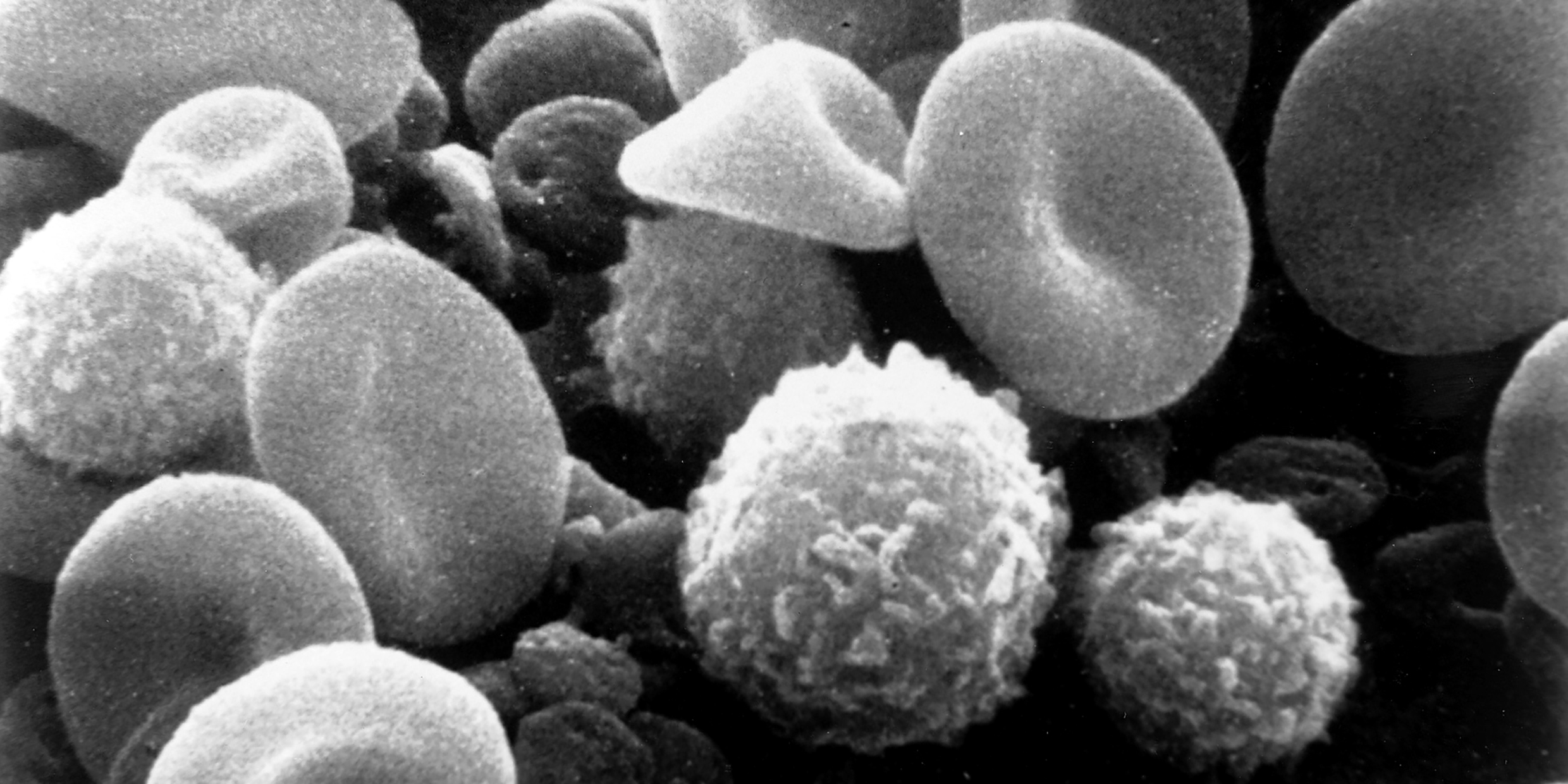Originally published 6 January 1986
Two stories have dominated the medical news lately: a promising new development in the war on cancer, and the increasing prevalence of the disease AIDS. The stories are closely related, and both focus our attention on the strategic defenses of the human body.
But consider first the “star wars” space-based laser system proposed by President Reagan to provide a defensive shield for our nation against enemy missiles. To insure reliable protection the system must be incredibly complex. The irony is that any system as complicated as “star wars” is intrinsically unreliable. In terms of complexity, “star wars” is a pale shadow of the “cell wars” defense system of the body. The “cell wars” system is amazingly successful, but it is not foolproof.
Society of cells
The human body is a society of cells. The integrity of the society is under permanent attack by viruses and microbes capable of causing disease or death.
The body’s first line of defense is the outer walls and moats: the skin, with its impregnable barrier of keratin, and the mucus membranes. Other exterior membranes are flushed with fluids: saliva, tears, and nasal secretions. The skin and the lower intestinal tract harbor populations of bacteria that do battle for the body the way pacified tribes on the marches fought for the Roman Empire.
Despite all of these defenses, viruses and microbes penetrate the body. Sometimes they overwhelm the outer defenses by force of sheer numbers. Or they slip in quietly by an unguarded gate. They are masters of deceit and disguise.
Once the enemy has penetrated the outer membranes, more sophisticated defense systems swing into action. The presence of an alien microorganism triggers chemical alarms that cause white blood cells to move to the site of the intrusion. The white blood cells do their best to engulf the enemy the way an amoeba engulfs its prey.
If the foe is a virus, the infected cells of the body release small proteins called interferon, like cries of warning. Interferon rouses the surrounding cells and stimulates their resistance to infection by the virus.
Most effective of all the body’s defenses are the lymphocytes, the agents of the immune response. Lymphocytes are small, round, nondividing cells that are always on the alert. At any time there are as many as 2 trillion lymphocytes patrolling the human body. The huge number is crucial: Lymphocytes are very specific about what intruders they can recognize. Each lymphocyte is trained by evolution to respond to a particular alien.
Recognition of a foreign body causes lymphocytes to become active and start dividing. The offspring cells produce huge numbers of antibodies. The antibodies go to work attacking the invader.
The lymphocytes are at the heart of both stories in the medical news.
In the newly reported treatment for cancer, lymphocytes are extracted from the body and invigorated with a natural substance called interleukin‑2. These “Ramboized” killer-cells are then returned to the body to do battle with the cancer. The beauty of the treatment is that it makes effective use of the body’s own defense system against the disease.
The AIDS virus has the opposite effect. A virus is a snippet of genetic information wrapped in protein. To reproduce, a virus must make its way into a specific kind of cell and borrow the host cell’s reproduction machinery. The AIDS virus targets the lymphocytes. Reproduction by the virus kills the infected cells. Eventually the immune system is depleted, and the body is open to a variety of infections.
A sea of aliens
We live in a sea of alien viruses and microorganisms. Many are harmless. Some are deadly. The body is protected by a stupendous array of traps, triggers, walls, moats, and chemical alarms. Some of the body’s cells act as patrols, sentries, infantry, and artillery to defend the integrity of the larger society. The “cell wars” defense system never rests. And all of this goes on without our awareness — unless and until something goes wrong.
And now, having used all of these military images, I am a little abashed. It seems that I have painted a picture of nature “red in tooth and claw.” Nothing could be further from the truth.
If there is a lesson to be learned from the defense system of the human body, it is that life is characterized mainly by cooperation. The great thrust of evolution has always been toward “getting along.” A society of cells as complex as the human body could not exist for even a minute unless the common good took precedence over individual concerns.



